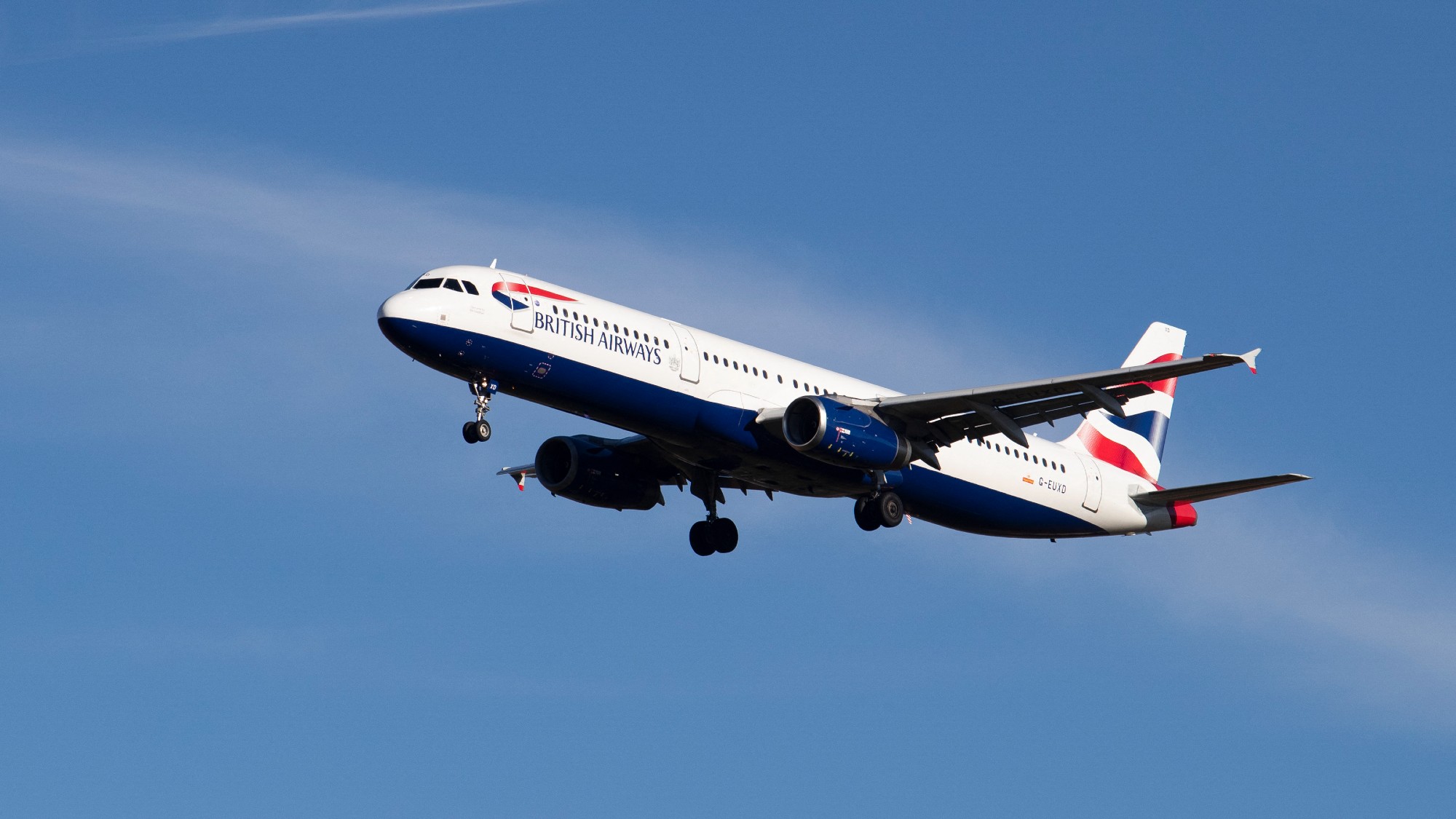Egypt's mummified 'golden boy' digitally unwrapped 2,300 years after burial


Egyptian researchers have "digitally unwrapped" the mummified remains of a teenager buried 2,300 years ago, known as Egypt's "golden boy." Radiologists at Cairo University used CT scans to examine the remains non-invasively, revealing that he was adorned in a gold mask and 49 protective amulets, NBC News reports.
The boy's remains were first discovered in 1916 at a cemetery in southern Egypt called Nag el-Hassay, used between approximately 332 BC and 30 BC. He was sent to the Egyptian Museum in Cairo along with thousands of other preserved bodies excavated in Egypt in the 19th and 20th centuries, per CNN. Due to the destructive process of unwrapping preserved remains, the golden boy was moved into the museum's basement and remained unexamined until recently.
When the study's authors scanned the body, they identified 49 protective amulets with 21 distinct designs inside the body and between the wrappings, including a golden heart in his chest and a gold tongue in his mouth. The researchers say the amulets were placed by embalmers in an attempt to ease the boy's transition to the afterlife. They were also able to 3D-print a copy of the heart scarab using data from the CT scans, CNN reports.
The Week
Escape your echo chamber. Get the facts behind the news, plus analysis from multiple perspectives.

Sign up for The Week's Free Newsletters
From our morning news briefing to a weekly Good News Newsletter, get the best of The Week delivered directly to your inbox.
From our morning news briefing to a weekly Good News Newsletter, get the best of The Week delivered directly to your inbox.
Saheer Saleem, a co-author of the study and professor of radiology at the Faculty of Medicine at Cairo University, told NBC News that the discoveries revealed evidence of the boy's socioeconomic status while giving insight into the importance of amulets in the afterlife. Since the body went through a "very expensive and meticulous modification process," Saleem surmised that "he came from some very rich family or maybe a noble family."
The golden boy has been relocated to the main exhibition hall of the Egyptian Museum. He will be put on display with the CT images and the 3D-printed heart scarab to give visitors more insight into the traditions of ancient Egyptian death rites. "The display's goal was to humanize this individual from the past to teach modern people about life in ancient times," the researchers wrote in the study.
A free daily email with the biggest news stories of the day – and the best features from TheWeek.com
Theara Coleman has worked as a staff writer at The Week since September 2022. She frequently writes about technology, education, literature and general news. She was previously a contributing writer and assistant editor at Honeysuckle Magazine, where she covered racial politics and cannabis industry news.
-
 Ashes to ashes, ducks to ducks: the end of Bazball?
Ashes to ashes, ducks to ducks: the end of Bazball?Talking Point Swashbuckling philosophy of England men’s cricket team ‘that once carried all along with it has become divisive and polarising’
-
 The strangely resilient phenomenon of stowaways on planes
The strangely resilient phenomenon of stowaways on planesIn The Spotlight Lapses in security are still allowing passengers to board flights without tickets or passports
-
 Four Seasons Seoul: a fascinating blend of old and new in South Korea
Four Seasons Seoul: a fascinating blend of old and new in South KoreaThe Week Recommends Located right in the heart of the action, this classy hotel is the perfect base to explore the capital
-
 Blue Origin launches Mars probes in NASA debut
Blue Origin launches Mars probes in NASA debutSpeed Read The New Glenn rocket is carrying small twin spacecraft toward Mars as part of NASA’s Escapade mission
-
 Dinosaurs were thriving before asteroid, study finds
Dinosaurs were thriving before asteroid, study findsSpeed Read The dinosaurs would not have gone extinct if not for the asteroid
-
 SpaceX breaks Starship losing streak in 10th test
SpaceX breaks Starship losing streak in 10th testspeed read The Starship rocket's test flight was largely successful, deploying eight dummy satellites during its hour in space
-
 Rabbits with 'horns' sighted across Colorado
Rabbits with 'horns' sighted across Coloradospeed read These creatures are infected with the 'mostly harmless' Shope papilloma virus
-
 Lithium shows promise in Alzheimer's study
Lithium shows promise in Alzheimer's studySpeed Read Potential new treatments could use small amounts of the common metal
-
 Scientists discover cause of massive sea star die-off
Scientists discover cause of massive sea star die-offSpeed Read A bacteria related to cholera has been found responsible for the deaths of more than 5 billion sea stars
-
 'Thriving' ecosystem found 30,000 feet undersea
'Thriving' ecosystem found 30,000 feet underseaSpeed Read Researchers discovered communities of creatures living in frigid, pitch-black waters under high pressure
-
 New York plans first nuclear plant in 36 years
New York plans first nuclear plant in 36 yearsSpeed Read The plant, to be constructed somewhere in upstate New York, will produce enough energy to power a million homes
